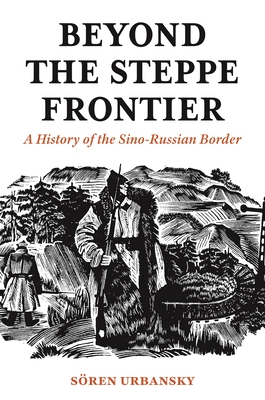Expedite your nonfiction book discovery process with Readara interviews, summaries and recommendations, Broaden your knowledge and gain insights from leading experts and scholars
In-depth, hour-long interviews with notable nonfiction authors, Gain new perspectives and ideas from the writer’s expertise and research, Valuable resource for readers and researchers
Optimize your book discovery process, Four-to eight-page summaries prepared by subject matter experts, Quickly review the book’s central messages and range of content
Books are handpicked covering a wide range of important categories and topics, Selected authors are subject experts, field professionals, or distinguished academics
Our editorial team includes books offering insights, unique views and researched-narratives in categories, Trade shows and book fairs, Book signings and in person author talks,Webinars and online events
Connect with editors and designers,Discover PR & marketing services providers, Source printers and related service providers

Beyond the Steppe Frontier: A History of the Sino-Russian Border
History > Asia - Central Asia
- Princeton University Press
- Hardcover
- 9780691181684
- 9.3 X 6.5 X 1.5 inches
- 1.55 pounds
- History > Asia - Central Asia
- (Single Author) Asian American
- English
Readara.com
Book Description
A comprehensive history of the Sino-Russian border, one of the longest and most important land borders in the world
The Sino-Russian border, once the world's longest land border, has received scant attention in histories about the margins of empires. Beyond the Steppe Frontier rectifies this by exploring the demarcation's remarkable transformation--from a vaguely marked frontier in the seventeenth century to its twentieth-century incarnation as a tightly patrolled barrier girded by watchtowers, barbed wire, and border guards. Through the perspectives of locals, including railroad employees, herdsmen, and smugglers from both sides, S�ren Urbansky explores the daily life of communities and their entanglements with transnational and global flows of people, commodities, and ideas. Urbansky challenges top-down interpretations by stressing the significance of the local population in supporting, and undermining, border making.
Because Russian, Chinese, and native worlds are intricately interwoven, national separations largely remained invisible at the border between the two largest Eurasian empires. This overlapping and mingling came to an end only when the border gained geopolitical significance during the twentieth century. Relying on a wealth of sources culled from little-known archives from across Eurasia, Urbansky demonstrates how states succeeded in suppressing traditional borderland cultures by cutting kin, cultural, economic, and religious connections across the state perimeter, through laws, physical force, deportation, reeducation, forced assimilation, and propaganda.
Beyond the Steppe Frontier sheds critical new light on a pivotal geographical periphery and expands our understanding of how borders are determined.
Author Bio
Sören Urbansky is a historian of Russia and China in the modern era, specializing in imperial and racial entanglements, emigration and the history of borders. He is a research fellow at the German Historical Institute (GHI) in Washington, D.C., and since 2021 heading its Pacific Regional Office at UC Berkeley.
Before he joined the GHI in 2018, he has taught Chinese and Russian history at the Universities of Munich and Freiburg and was a postdoctoral fellow at the University of Cambridge.
He is the author of following books.
- Kolonialer Wettstreit: Russland, China, Japan und die Ostchinesische Eisenbahn (Frankfurt: Campus, 2008)
- Beyond the Steppe Frontier: A History of the Sino-Russian Border (Princeton: Princeton University Press, 2020)
- An den Ufern des Amur: Die vergessene Welt zwischen China und Russland (Munich: C. H. Beck, 2021)
Sören is currently embarking on a new project that examines anti-Chinese sentiments in a global perspective.
Main areas of interest
- Russia, the Soviet Union and China (18th - 20th centuries)
- Imperial entanglements in Northeast Asia
- Chinese diaspora in the Pacific
- Borders and Infrastructures
- Sinophobia
- Global, Transnational, and Micro History
- Inaccessible Archives
Education
PhD History, University of Konstanz, 2014
Diploma Cultural Studies, Viadrina European University at Frankfurt (Oder), 2006
Source: German Historical Institute
Videos
No Videos
Community reviews
No Community reviews

